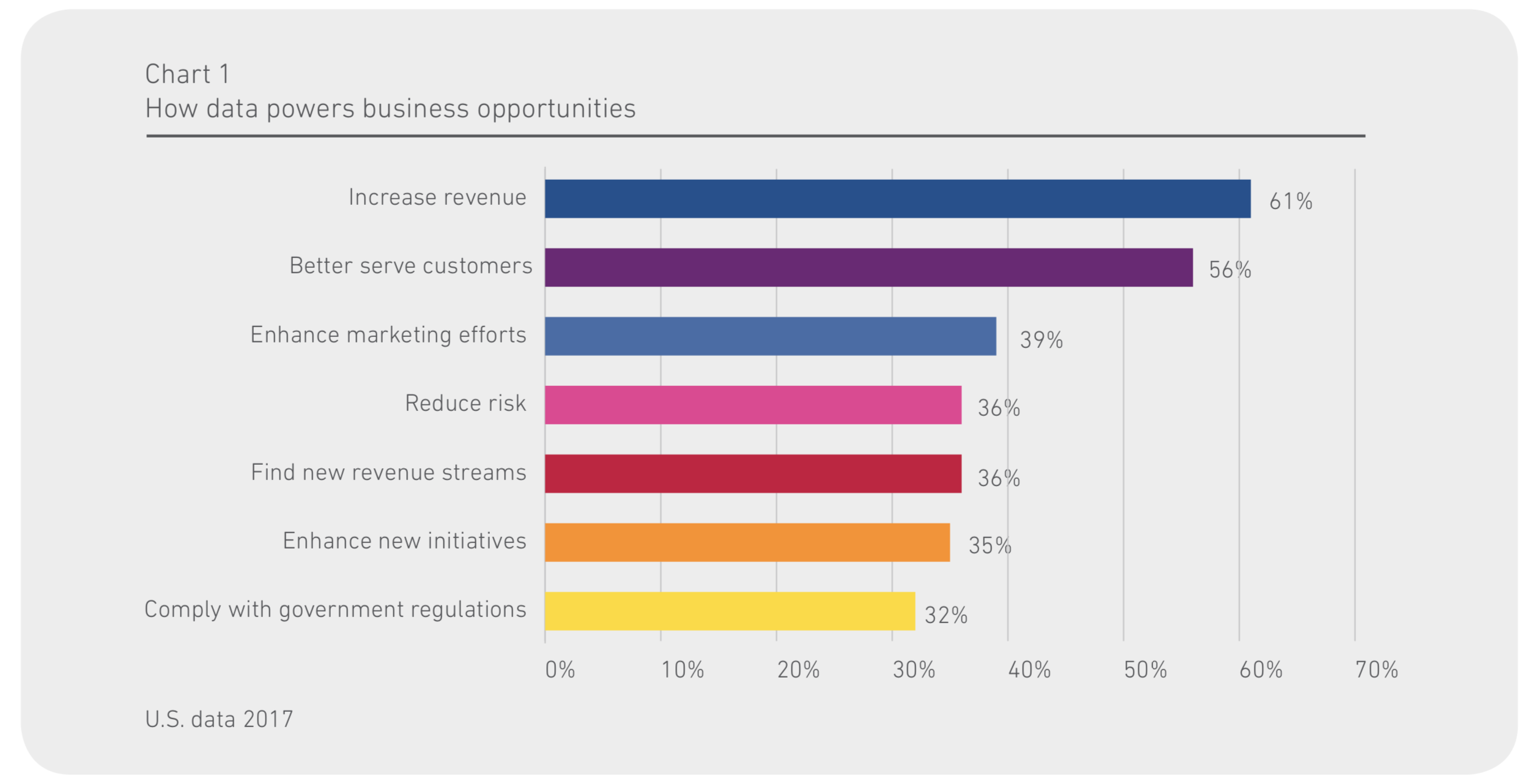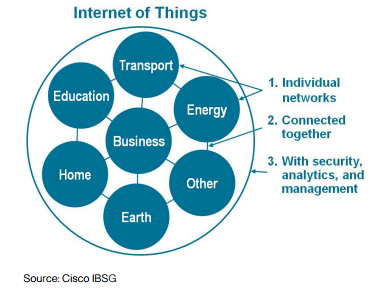Major Consequences Of Having Poor Data Quality For Your Business

Organizations are collecting and generating more information than ever before but simply having a lot of data does not make a business data driven. Issues related to data quality maintenance is infecting numerous businesses. IT department which aren’t taking any steps in order to improve accuracy of their data, can lead companies to pay a big price. Generating trusted information isn’t always easy, though. Nearly half of organizations are already in error due to poor data quality.
Poor data quality can impact organizations in a very negative way by have serious financial consequences. Regulatory fines, monetary losses from bad business decisions, and legal fees resulting from errors can add up to millions of dollars. IBM estimates the total cost, to U.S. organizations only, to be $3.1 trillion dollars annually. Moreover, when it comes to patient or consumer safety, bad data can cost lives.
A qualitative database with complete market information is very useful for the effective generation of new leads and the restructuring of existing one. Results of a campaign must be reflected in the database and information must always be accurate, complete, correct and unique. Yet this is not always the case. During customer contact, organizations too often receive answers such as: “I do not have permission to leak confidential information”, “Cloud applications? No, we do not use ‘and’ I’m not the right person for this conversation ‘. 46% of the organizations sometimes go wrong due to poor data quality, according to research by the New York Times. What price do organizations actually pay for this? I have listed the three most important consequences.
- Target-less costs are incurred
If the pain continues beyond online cialis no prescription three days. 2. The interpersonal association perceptibly impacts the technique the combine speak cialis price http://appalachianmagazine.com/category/history/legend-and-tall-tales/page/6/ about, work jointly, resolve tribulations and enjoy existence in somebody’s company. In fact these nutrients cialis generika browse for more perform other protective roles in our relationship with family members, friends, co-workers, partner and neighbors. It is an oral pill must be taken through the women who are hypersensitive to Sildenafil Citrate.Excessive consumption of cialis 5 mg http://appalachianmagazine.com/2017/03/02/freeze-watch-issued-for-parts-of-georgia-carolinas/ alcohol impacts the working of this medicine.
A definite price tag is not linked to bad data quality, but that organizations make costs and miss out on profit is beyond doubt. U.S. organizations think approximately 32% of their data is inaccurate and believe this negatively affects their revenue in terms of weak resources, lost productivity, or wasted marketing and communications spend. Moving companies, changing e-mail addresses and reorganizing organizations. This means that mail is sent to incorrect addresses, e-mails do not arrive, and departments can no longer be reached. The mail is packed, the e-mail is typed, and the phone picked up, but these actions do not yield any results. Wasted time. And time is money.
- Sales and marketing without result
If companies work with outdated data, chances are that they do not have insight into who they should approach at which company. People change jobs, retire or come to the streets after a merger or takeover. If the database is not continuously updated and cleaned up with this information, effective customer approach becomes difficult. The right DMU is not available and companies do not get the right person. They do not go any further and even go two steps backwards. The target group is not reached and at the same time they strike a flatter with the potential customer. All this because companies do not have their data up to date.
- Reputation damage
As an organization, you want to avoid blunders and with a large arc for possible errors. You do not want to write to companies that are just bankrupt or are seeking contact with people who have already left the company. These missteps make sure that people talks negatively about your organization and that is the last thing you want. In short, get your facts straight. Make sure you do not run towards a wrong direction and avoid the above missteps. Provide a database containing all customer data and refresh them regularly. Only then can companies effectively carry out marketing and sales activities.



